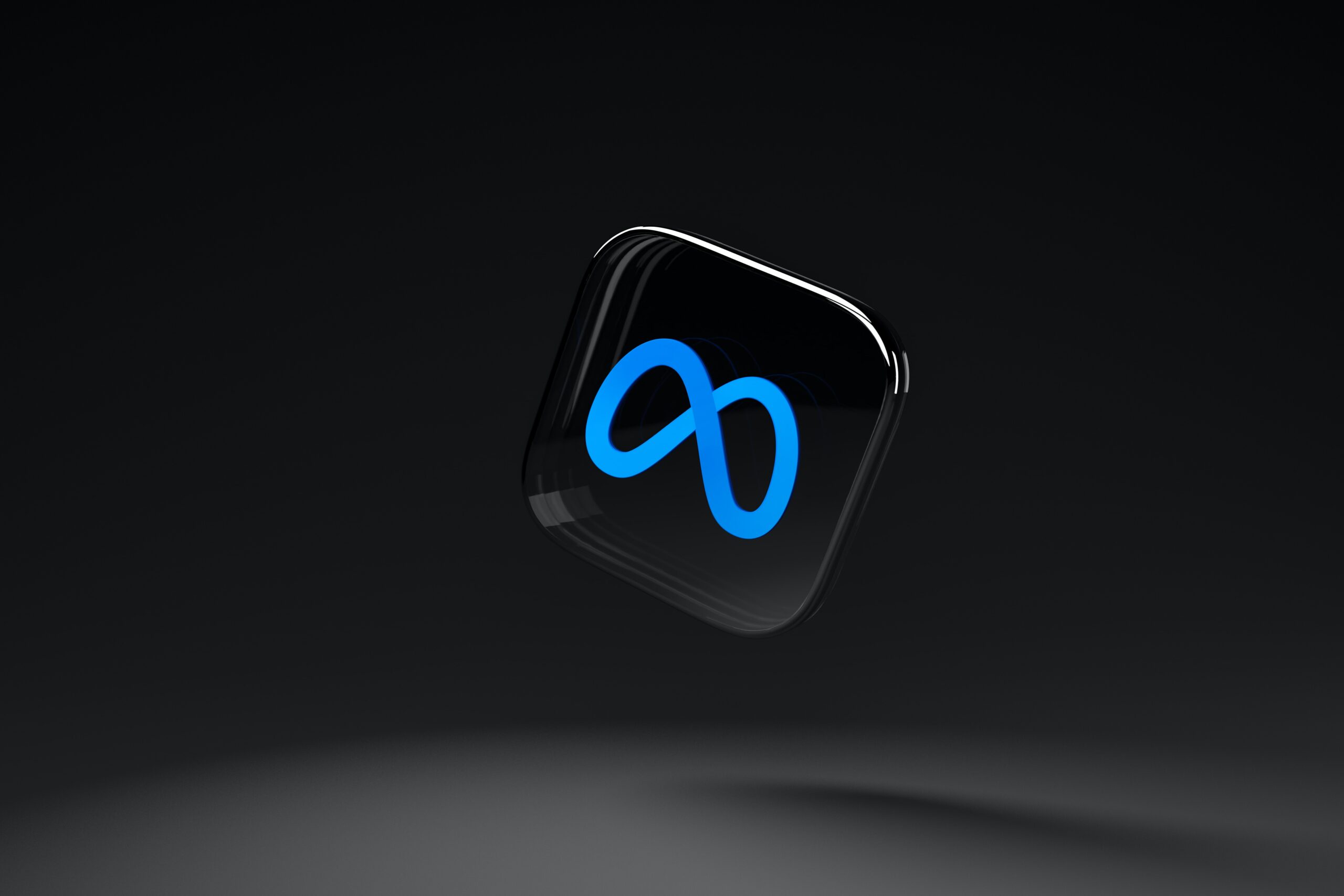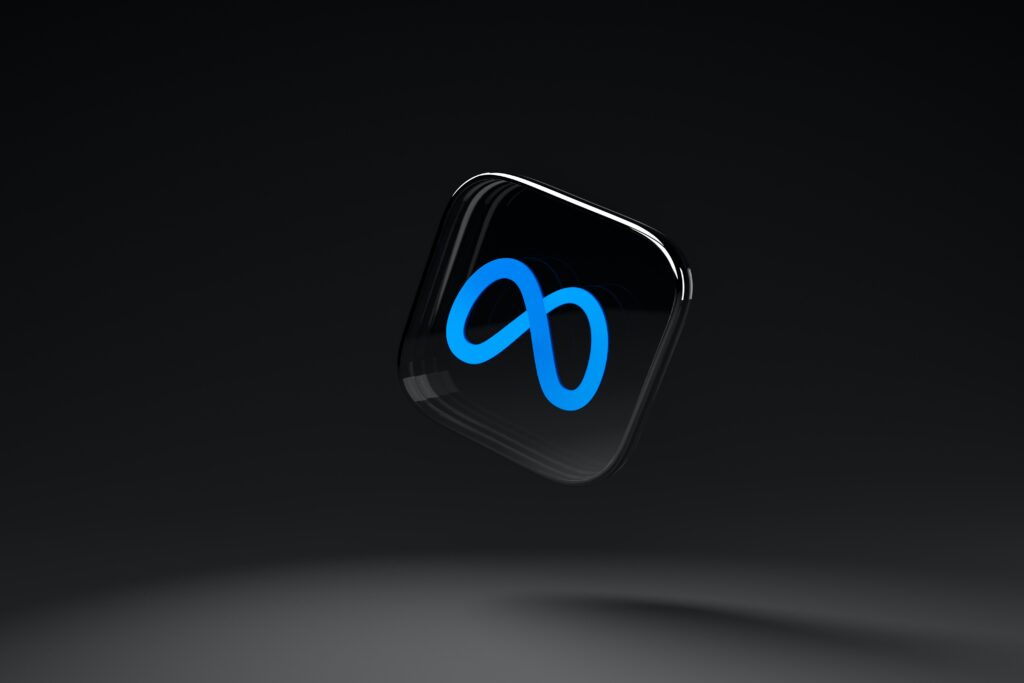Meta’s Threads is finally here: What marketers need to know about the Twitter competitor

Meta’s text-forward alternative to Twitter
When rumors and leaked screenshots of an Instagram-companion app under development began circulating in May, many wondered what Meta had planned for a Twitter competitor. As development progressed, Meta CEO Mark Zuckerberg began teasing what he called a “sanely run” version of Twitter. Marketers, journalists, and consumers dismayed with what Twitter has become patiently awaited the launch of the new application.
Then, on the evening of Wednesday, July 5, the internet was suddenly abuzz after Meta’s new app, Threads, appeared in the iOS and Android app stores. Within just 30 minutes, the app had earned 1 million signups. In just a few hours, that number climbed to 10 million. And by Thursday afternoon, Threads boasted over 30 million accounts, elevating the app to become the fastest growing of all time.
But what is Threads, exactly? We’ll break down how it works, what you can and will be able to do on Threads, and offer guidance for brands hoping to leverage the new application.
First impressions
Upon opening Threads, the interface and UI is reminiscent of Twitter but looks much more like Instagram. Given that Threads is built upon its sister-app’s framework, it makes sense that the two would share many features. In early testing, we’ve found that the app is functioning with few issues though it is still missing some key features that are promised soon.
How it works
Signing up for Threads is simple but an existing Instagram account is required for now. This mandatory connection, however, enables users to import accounts they follow from Instagram, automating the process of following other Threads users. Until the platform reaches a certain scale, a user’s feed will feature a mixture of posts from accounts they follow and algorithmically recommend content from other accounts. While convenient for starting a new account, data sharing between Threads and Instagram violates E.U. privacy regulations, meaning the app is not currently available for European users. If Meta can make the app compliant with E.U. law or when Instagram and Threads are decoupled, Threads will see an additional surge of users like it has experienced from the U.S., U.K., and other places around the globe. Posts created within the app – referred to as “threads” – have a 500-character limit and users can like, comment on, repost, and share threads published by others. Links, images, and videos are permitted, much like Twitter, and users can share threads to their Instagram stories.
Future functionality
In fielding questions from Threads users, the head of Instagram, Adam Mosseri, revealed several features on the horizon for the app. Basics like in-app content search, hashtags, and a dedicated following feed are in development. Mosseri also shared that Threads and Instagram would eventually be separated, enabling users to create a Threads account without a corresponding Instagram handle and allowing for Threads accounts to be deleted without needing to delete the connected Instagram account. Integration with ActivityPub, a decentralized social networking protocol, is also on the horizon for Threads. Often referred to as the “fediverse,” decentralized social networking would enable Threads users to view content from external apps and vice versa. Integration with ActivityPub would be Meta’s first foray into the fediverse, where it would join other Twitter competitors like Mastadon and Bluesky. For now, decentralized social media is still a relatively opaque concept that will become clearer as major networks join the movement.
Many marketers have also wondered when advertising opportunities would come to Threads. In response to questions about paid media, Zuckerberg stated that there are currently no plans to integrate Threads into Meta’s ad network and that the focus for now will be on building an engaged userbase. The company’s track record of quickly rolling out advertising opportunities, however, suggests that ads could be coming to Threads sooner than later.
How marketers should approach Threads
Since the era of social media marketing began, the emergence of new channels has always posed both challenges and opportunities for brand marketers. Often, brands have found that joining a new social network without a sound strategy leads to wasted resources and limited impact. Social media marketers that take the time to develop a meaningful and strategic approach, however, have a greater chance of succeeding. And unlike previous channel launches, there is no rush for brands to claim a username on Threads because the handle will carry over from Instagram automatically. While a strategic approach is still essential, the launch of Threads is a unique opportunity for experimentation. The social network was created with the explicit purpose of fulfilling Twitter’s role online. This means that some users, publishers, and brands might approach the channel in the same way they did Twitter. But for those that didn’t see much return from Twitter, Threads is not likely to deliver significant results if the same approach is taken on the new channel. Most exciting is the opportunity to do something new in a familiar environment. This is a chance for brand marketers to start from scratch and test out different approaches before the channel fully matures. Whether it’s humanizing the brand through humor or focusing on customer and media relations, brand marketers that attempt to bring value to engaged audiences and participate in meaningful ways will likely see success on the channel.
If you need assistance determining or documenting your brand’s approach to Threads, Collective Measures can help.



